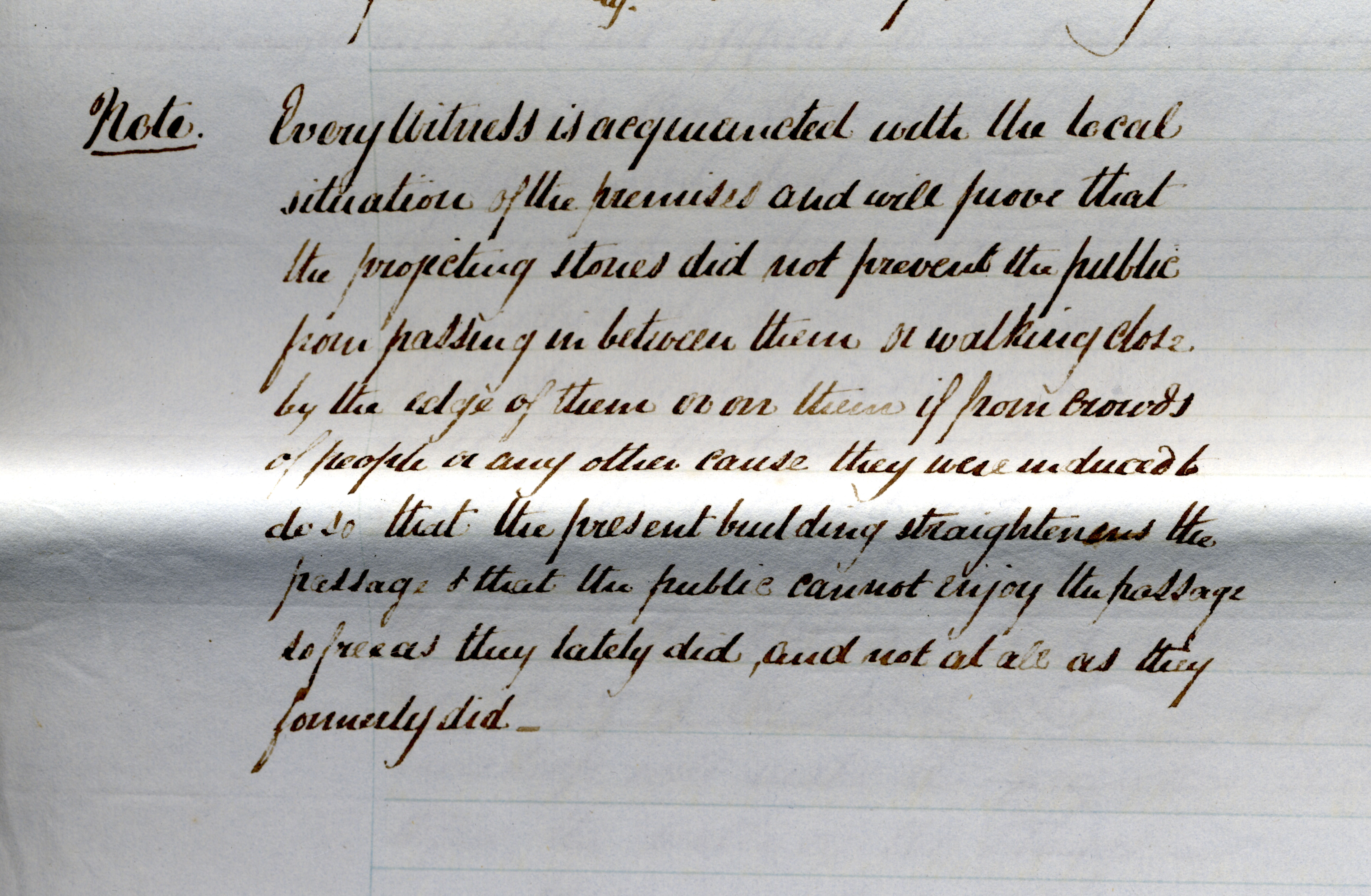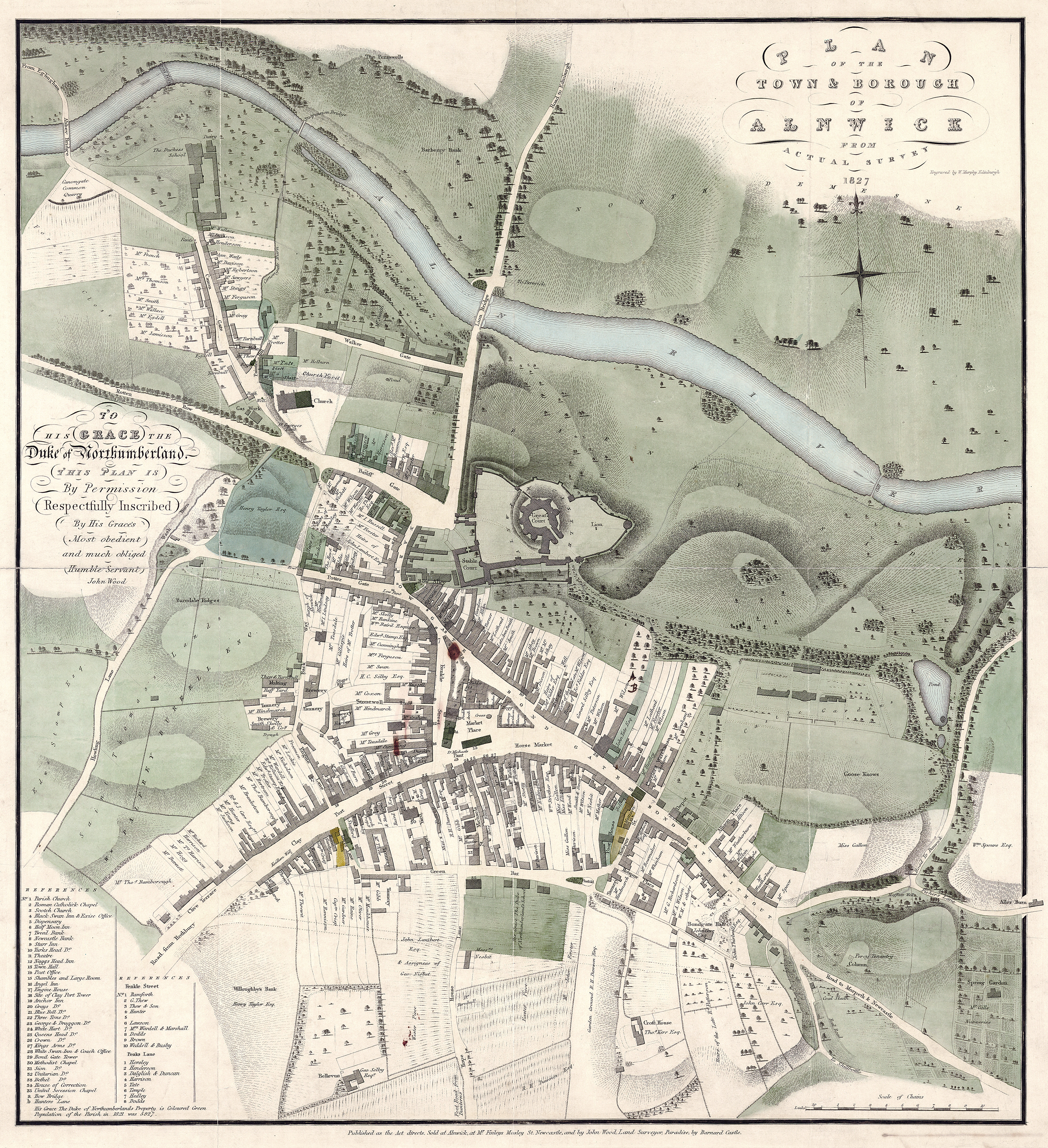A Gentleman Esq
William Beresford Orde Lisle was born on June 25th 1886 at 50 Jermyn Street, London. His father, Bertram Lisle, was a barrister-at-law from Alnwick and his mother, Jane Lucinda, was a Australian lady. William grew up between the family home in Jermyn Street, London and Brainshaugh House, Northumberland. Following his father’s untimely demise in 1893 William appears to have floated between various relatives. In 1908 he gave his address as being Bailiffgate, Alnwick the previous home of William Beresford Lisle (potentially his grandfather) who had died in 1903 leaving an estate of £1869 19s 11d. Evidence shows that William the younger received consecutive (and extremely substantial) inheritances from numerous well-placed family members. But William, despite being the wealthy son of barrister, squandered this money and repeatedly found himself on the wrong side of the law.

His vast fortune brought with it the temptation of fast cars, alcohol and women. His escapades and wild behaviours often saw him placed before the magistrates, where he was regularly defended by the Dickson, Archer and Thorp legal firm. The firm’s partners were very close to William’s family and had kept amongst their personal papers a scrapbook filled with the crimes and lives of Alnwick folk, now held by the Northumberland Archives. Recorded within this book were the criminal adventures of William himself, including a play-by-play account of one of his most infamous jaunts.
Abduction
William’s most scandalous crime by far was a spontaneous road-trip, taken during the summer of 1907. It involved drink driving, an international gun-fight and the abduction of two girls from an Alnwick Street. The girls in question were Louisa Rose Whittle and Theresa Roper. Louisa was a fifteen year old servant girl who, on the 23rd June 1907, was walking in Alnwick with her friend Theresa, then aged seventeen. Both girls were stopped by Lisle who asked if they would like to have a ride in a motor car. Both girls agreed to the short drive, as subsequent news reports published after the abduction explained “the temptation to drive in a motor car was to the child very great.” They were possibly encouraged to join the journey due to the presence of another female in the car (who was either Lisle’s controversial wife Amy or his regular female companion Violet Green alias Eva Green).

Lisle’s offer of a short motor ride soon turned into the journey from hell. In the upcoming months Lisle would face a court accused of abduction, and the two girls would give damning evidence against the social-flyer. They claimed Lisle appeared to have consumed alcohol prior to making his offer, and that once the girls were in the car he directed the driver to go onto the Plough (a pub.) The gentlewomen who had accompanied the group then left the car at the Plough and did not return. The remaining passengers then went onto drink in the public houses of Alnmouth and Newcastle.
Following a heady drinking session Lisle took the girls to a different town – one they had never seen before. This turn of events frightened the girls, who now requested to be returned home. The prosecution theorised that this unknown place was probably Durham, although Lisle contested and claimed it was actually Morpeth.

The girls, far from home and in an unfamiliar place, began to panic. They found a policeman, to whom they complained about their treatment and requested to be taken back to Alnwick. But the policeman simply laughed and refused to believe their story. They were forced to return to Lisle’s side as he took them onto Darlington, where the group spent a night in a hotel. The following day Lisle instructed the driver to return them to Newcastle and, once back in Northumberland, Lisle hired another car and driver to take himself and the girls onto York. On the third day the group went to Huntingdon and, having spent the night here, Lisle exclaimed “You are seeing life, you must see London too.”
London was one of Lisle’s favourite haunts. He had a tendency during his teenage years of repeatedly running away from his boarding school to seek adventures in the capital. Once in London Lisle bought both girls new hats having previously “jumped on their own ones,” possibly during a fit of rage or drunkeness. At this point Lisle became “sickened” of Louisa, the youngest of the two, and, without allowing Theresa to say goodbye, put Louisa on a train back to Newcastle. Theresa and Lisle then went onto Dover, where he told her that they were about to board a boat “for Alnwick.” The boat actually took the couple to Brussels, where he proceeded to extract £400 and drink heavily.
In Ostend he tried to persuade Theresa to share her room with him. When she refused and rebuffed his advances he fired his revolver in a public house, scattering the patrons within. Frightened by his behaviour, and having never been away from her Northumbrian home, Theresa begged Lisle to give her some money and allow her to leave. However he brutally refused, telling her she would “starve” instead. Exasperated with her treatment Roper plotted her own escape; she waited until he was distracted and ran from him. She later claimed to have entered seven shops, but found no one understood her as she attempted to explain her plight. Dazed and frightened she fainted. When she awoke someone had brought her to the British Vice-Consul, she was eventually sent home and upon her return remained ill in bed for three weeks.
Court
Meanwhile Louisa’s parents, horrified at her disappearance, insisted she was examined by a doctor. They refused to believe that nothing “immoral” had occurred between the the girls and Lisle, but the examining doctor was able to confirm that the young girl had been telling the truth and nothing had occurred. Still enraged Louisa’s parents planned to take Lisle to court upon his return to England.
Likewise Theresa’s father, Mr Robert Roper, also took Lisle to court. Because Lisle had taken the girl further then London Mr Roper insisted his daughter gave damning evidence before the judge. In her examination before the court she complained that Lisle had refused to take the girls home, despite them becoming increasingly distressed as the days rolled on. She also said he had repeatedly tried to share a room with the girls but that they had stood firm and refused him entry, something that was verified by the doctors.

In both cases the girls were awarded large settlements, although one judge brushed off the seriousness of Lisle’s actions by calling the event a “prank” which had went terribly wrong. The court accused the girls of being too trusting of Lisle’s promises, and the subsequent public scandal must have had a profound impact upon their character and reputation. Barely three years later the girls elected to change their names, perhaps trying to obtain some level of anonymity, with Theresa becoming Dorothy and Louisa becoming Lizzie.
The information found in this blog has been extracted from original documents held in the Dickson, Archer and Thorp collection, as well as contemporary newspapers.










